I was formerly a detective in Tayside Police serving 30 years, over 20 years of which was attached to the CID (Criminal Investigation Department).
I have been the investigating officer of numerous deaths, both natural and suspicious, during my time in the CID.
I cannot comment on what the procedures under Police Scotland are now.
However, I can give an anonymous account – based on my time with Tayside Police – of what is involved when officers are notified of a sudden death.
First stage in investigation
The first officers at the scene were usually uniformed police who initially attended along with an ambulance or doctor to confirm a death had occurred, with any injuries noted if seen.
If this death was not deemed suspicious, and was deemed to be as a result of a medical condition which the deceased had, the uniform officers would continue the inquiry, inform the deceased’s family and then speak to their doctor about the individual’s medical history.
If the doctor was satisfied the death had occurred as a result of a pre-existing medical condition they could grant a death certificate.
Should the doctor not grant a death certificate, a report would then be sent to the Prosecutor Fiscal who would decide whether or not to request a post-mortem depending on the circumstances.
If the incident was deemed suspicious and not health related, the CID would be requested to attend and take over the investigation.
[Note – A medical examination (not a full post-mortem) on Brian Low’s body took place four days after his death as it was still being treated as non-suspicious. It has not been confirmed who oversaw the examination, which established Mr Low had injuries “consistent with being fatally shot” thus escalating the case to a potential suspicious death.]
Should incident be escalated?
It should be mentioned that not all deaths are straightforward.
You would think that if a person had been shot you would notice this.
But it would depend on what someone was shot with – it could be either a large or small calibre firearm, an air weapon, cross bow or a catapult and it would also depend on where the deceased was hit.
What I always took cognisance of was the location of the body, the circumstances of where it was found and by who.
Where a body has been found – and if it looked suspicious – it was always better to err on the side of caution.
If things don’t look right, escalate the incident until proved otherwise.
This would entail making the detective chief inspector aware of the circumstances and asking for a pathologist to attend at the scene to examine the body along with scenes of crime officers/forensic team.
The Procurator Fiscal would also be informed at this stage if the circumstances pointed to a possible murder.
Protecting crime scene
A cordon would then immediately be placed around the area and a scene log commenced to control access and protect the possible crime scene until a full forensic search had taken place and any footprints, dropped items or other evidence could be found and recovered.
A pathologist would be requested to attend and examine the body in situ once it had been photographed.
The pathologist would examine the body and look for any signs of injuries which could have attributed to the death.
In some cases, this may not always be found at the crime scene, and some signs may only emerge at the post-mortem.
The crime scene would stay in place until a full forensic examination took place and the body would only be moved after the pathologist had the opportunity to view the scene and body.
Only then would the body be recovered to the mortuary.
Post-mortem stage
The body would undergo a post-mortem either on the same day or 24 hours later when the full circumstances of how the deceased met their death were discovered.
The investigating officer would be present at the post-mortem along with a scene of crimes officer and the Procurator Fiscal, who would record any injuries and cause of death.
Normally the results of a post-mortem would be given to the next of kin – through a family liaison officer – as soon as possible.
I cannot recall any time when this information was held back from the family.
There may, however, be occasions when information is retained due to fears a line of inquiry could potentially be hindered if the facts are, at this stage, prejudicial.
This would normally be discussed with the Procurator Fiscal.
As far as the investigation into the incident in Aberfeldy is concerned, I must repeat that I have no knowledge of current Police Scotland procedures in relation to sudden deaths.
This is purely an insight into what happened when I was a detective in Tayside Police.
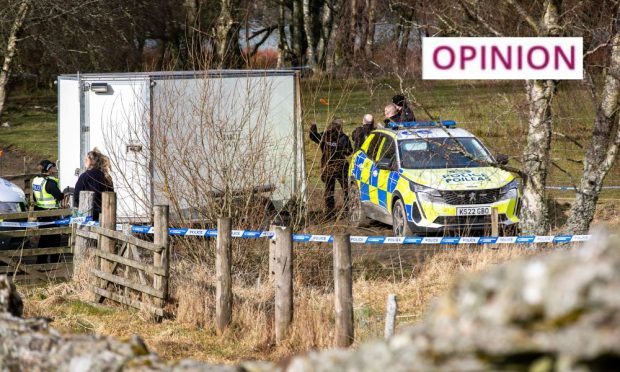
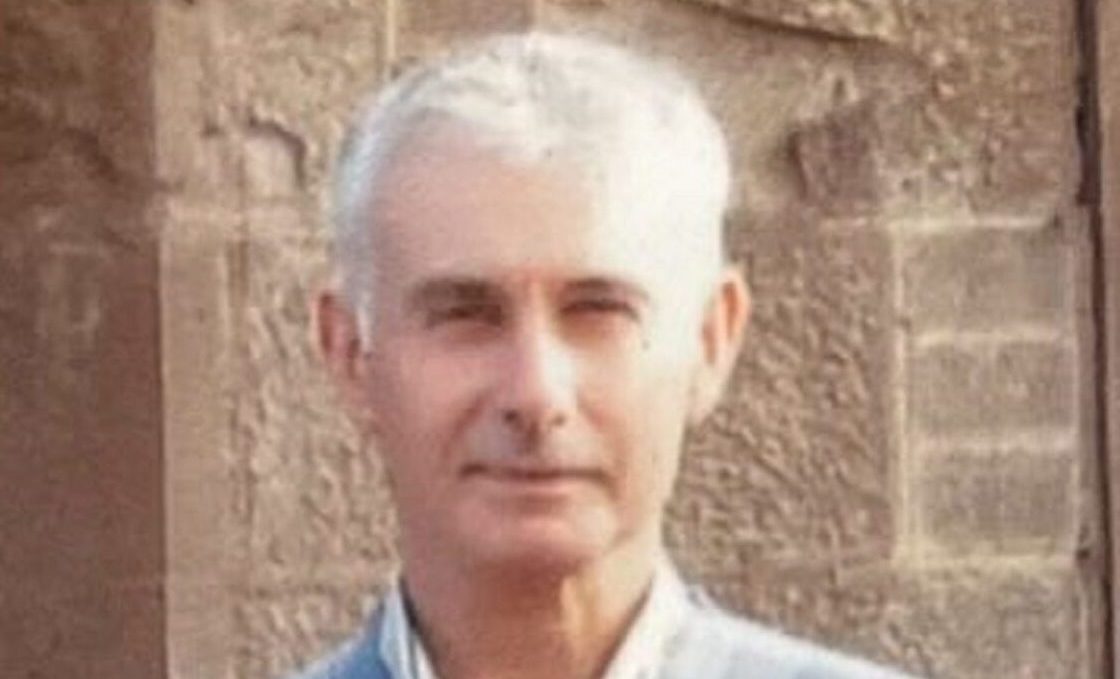

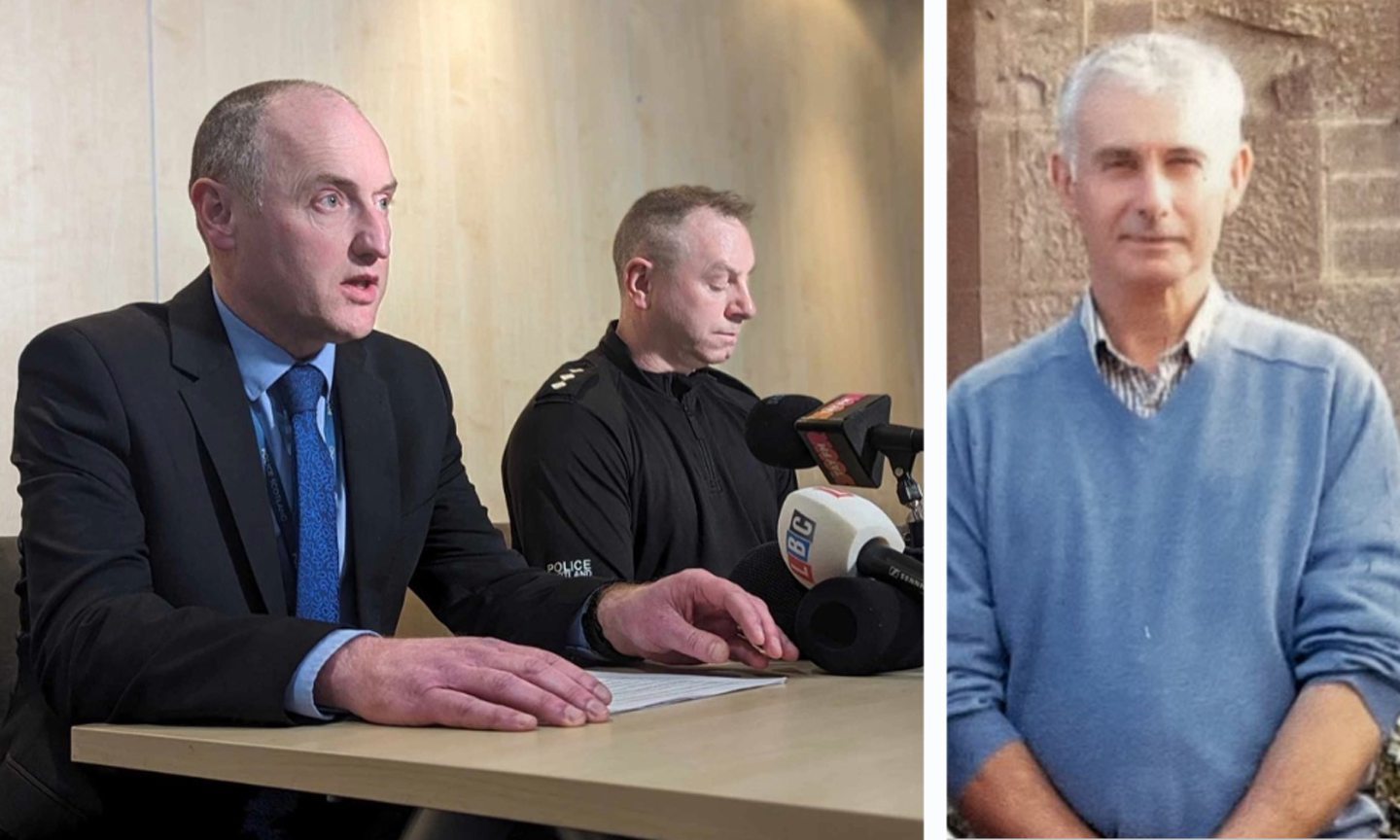

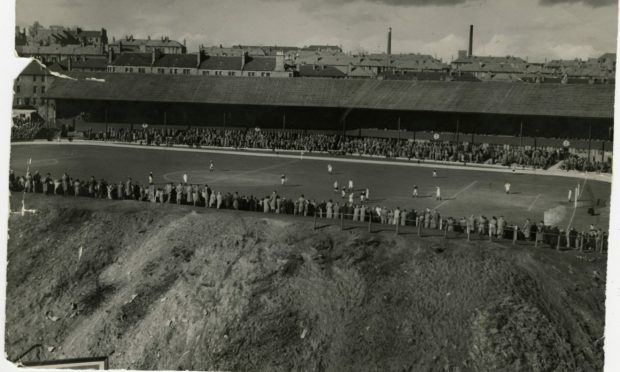
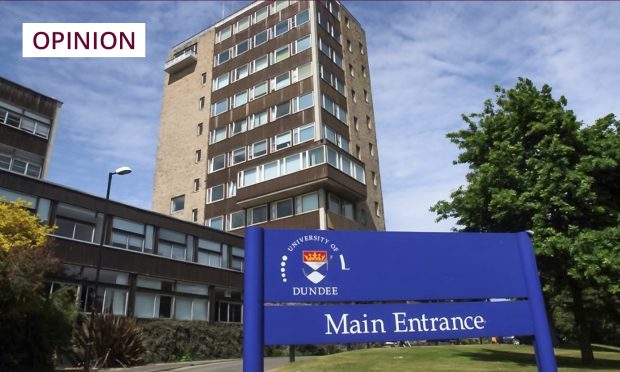







Conversation